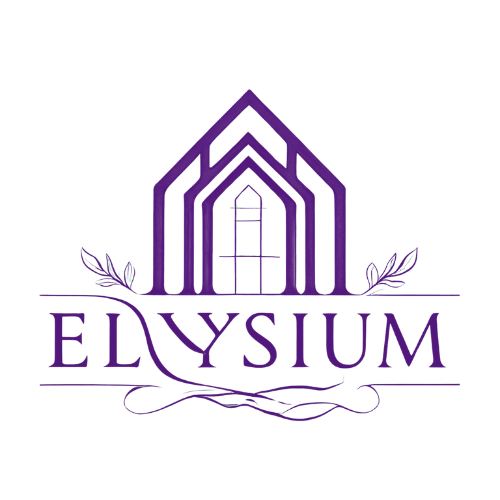Private Capital Solutions for Developers & Commercial Investors
Designed for developers and commercial investors who need flexible, private capital, our preferred equity solutions help you bridge financing gaps quickly and cost-effectively — providing attractive returns with payment priority and upside potential.
What is Preferred Equity?
Preferred equity sits between senior debt and common equity in a project’s capital stack. It gives investors priority on payments ahead of common equity holders while allowing sponsors to raise additional capital without giving up full control. This hybrid form of financing blends the steady returns and downside protection of debt with some profit-sharing upside like equity.
Key Features Investors Seek in Preferred Equity
Attractive Returns: Preferred equity investors typically target IRRs between 12% and 30%(or up), varying based on project specifics and market region.
Payment Priority: Distributions are made to preferred equity holders before common equity, providing enhanced downside protection.
Balanced Risk and Reward: Positioned between debt and common equity, preferred equity offers a blend of income stability and capital appreciation potential.
Defined Investment Term: Holding periods usually span 12 to 60 months, often linked to refinance or sale, allowing investors predictable exit timelines.
Downside Protection: Priority position in the capital stack and legal remedies help mitigate risk while preserving upside participation.
Benefits for Developers & Sponsors
Access capital quickly to maintain momentum
Bridge gaps left by senior lenders’ reduced loan-to-cost or loan-to-value ratios
Preserve control and reduce dilution compared to common equity raises
Tailor deal structures to fit your project’s unique needs
Preferred Equity: What Our Investors Expect
Deal Size & Structure
Minimum Investment: Typically $3 million and up
Capital Stack Position: Senior to common equity but subordinate to senior debt
Investment Duration: 12–60 months, often tied to refinance or sale exit
Return Structure: Fixed preferred returns (12%–30%+) plus potential upside participation (“equity kicker”)
2. Project & Asset Types
Asset Types: Multifamily, mixed-use, hospitality, industrial, retail, special purpose, and adaptive reuse
Geographic Focus: Primary and secondary markets, with emphasis on growth regions like the Sun Belt and major metros
3. Sponsor Qualifications
Sponsor Criteria: Experienced developers with strong track records and liquidity
Equity Contribution: Sponsors typically contribute meaningful capital (e.g., 10%)
Documentation Required: Feasibility studies, third-party appraisals, pro formas, sponsor bios, executive summaries
4. Risk & Market Considerations
Risk Management: Preferred equity offers payment priority, legal protections, and downside mitigation
Market Outlook: In a high-rate lending environment, preferred equity fills critical capital gaps and offers investors enhanced yield potential with structured protection
Technology
Streamline your commercial project with data-driven financing,
Preferred equity isn't about speed — it's about strategy. At Estates of Elysium, we specialize in matching experienced sponsors with aligned capital partners through a curated, data-driven process. Our goal is to place equity that strengthens your project and supports long-term success — not just fill a funding gap.
Strategic Capital Placement
Our deep relationships with family offices, private equity groups, and institutional investors ensure that sponsors are paired with capital sources that match their vision, timeline, and risk profile.
Data-Driven Deal Positioning
Using current market intelligence, investor sentiment, and underwriting insights, we help sponsors position their deals for optimal equity placement.
Curated Matchmaking
We take time to understand each sponsor’s background, the strength of the project, and market fundamentals — then tailor an equity structure that works.
Efficient, Transparent Process
Our tech-enabled process streamlines documentation, keeps communication flowing, and gives sponsors real-time visibility into progress.
Frequently Asked Questions
Answers to Your Private Equity Questions
Q: How does preferred equity differ from mezzanine debt?
A: Preferred equity typically includes payment priority and rights to force sale in default, plus an equity upside ("kicker"), unlike mezzanine debt which is collateralized by the borrower’s equity and usually lacks upside participation.
Q: What kinds of projects are best suited for preferred equity?
A: Diversified income properties like multifamily and mixed-use are ideal due to stable cash flow. Single-tenant assets may be riskier for preferred equity investors.
Q: What is the typical return profile?
A: Preferred equity investors generally receive fixed preferred returns of 7–12%, plus potential upside returns on project exit.
Q: How much equity does the sponsor usually contribute?
A: Sponsors often contribute around 10% of total equity, demonstrating alignment and confidence in the project.
Resources
-

Private Equity’s $500 B Dry–Powder "Deadline” Shaping CRE Opportunities
Learn how this surge in available capital is driving more liquidity and better pricing across the CRE market, and why this matters whether you’re placing equity or seeking it.
-

CRE Equity Investors Pivoting into Private Credit
Understand how this shift toward private credit affects capital placement strategies and what it means for preferred equity offerings.
-

Niche Asset Classes in Focus: Data Centers, Seniors Housing & More
Investigate how specializing in these growing asset types can position sponsors for more attractive equity raises and better investor fit.
-

How PropTech & Data-Driven Underwriting Are Redefining PE in CRE
See how data-led deal positioning and smart tech integration elevate equity placement success in today’s market.








